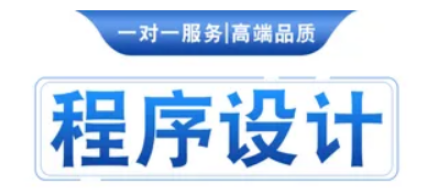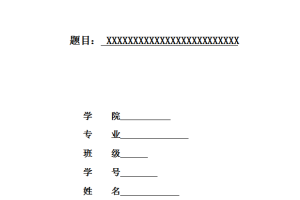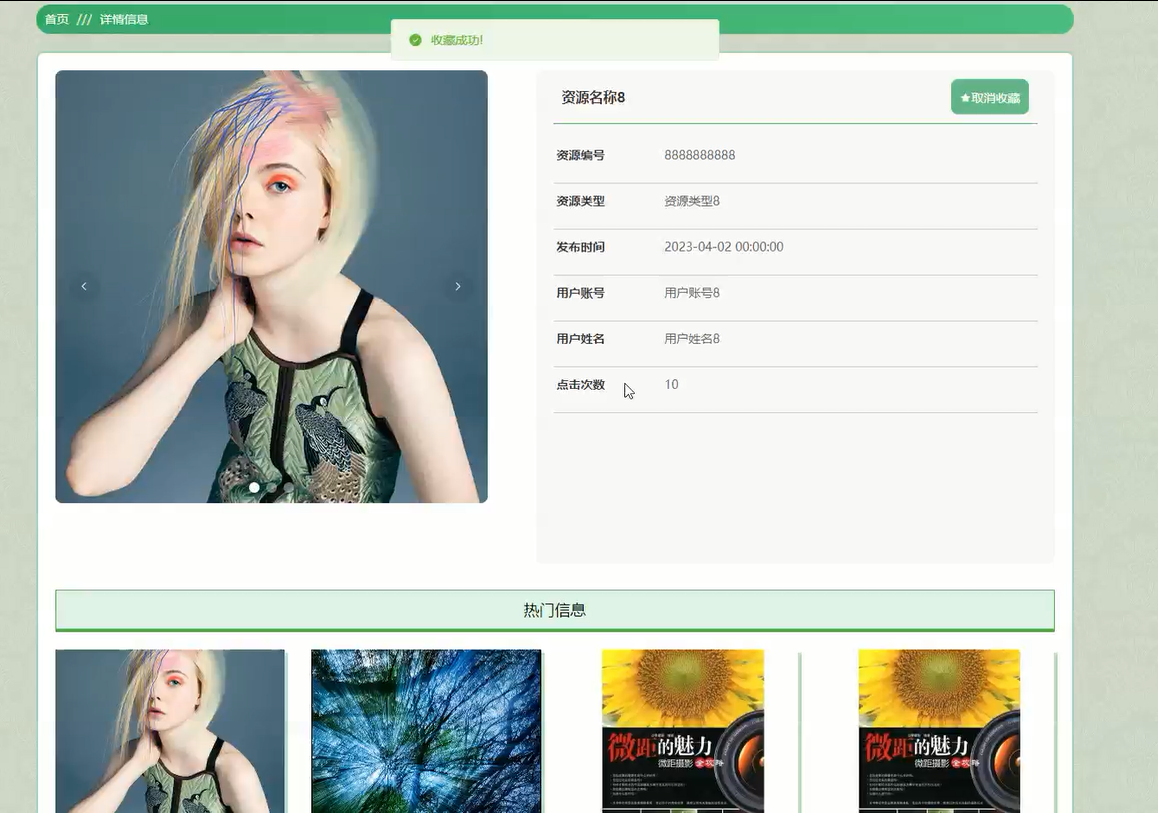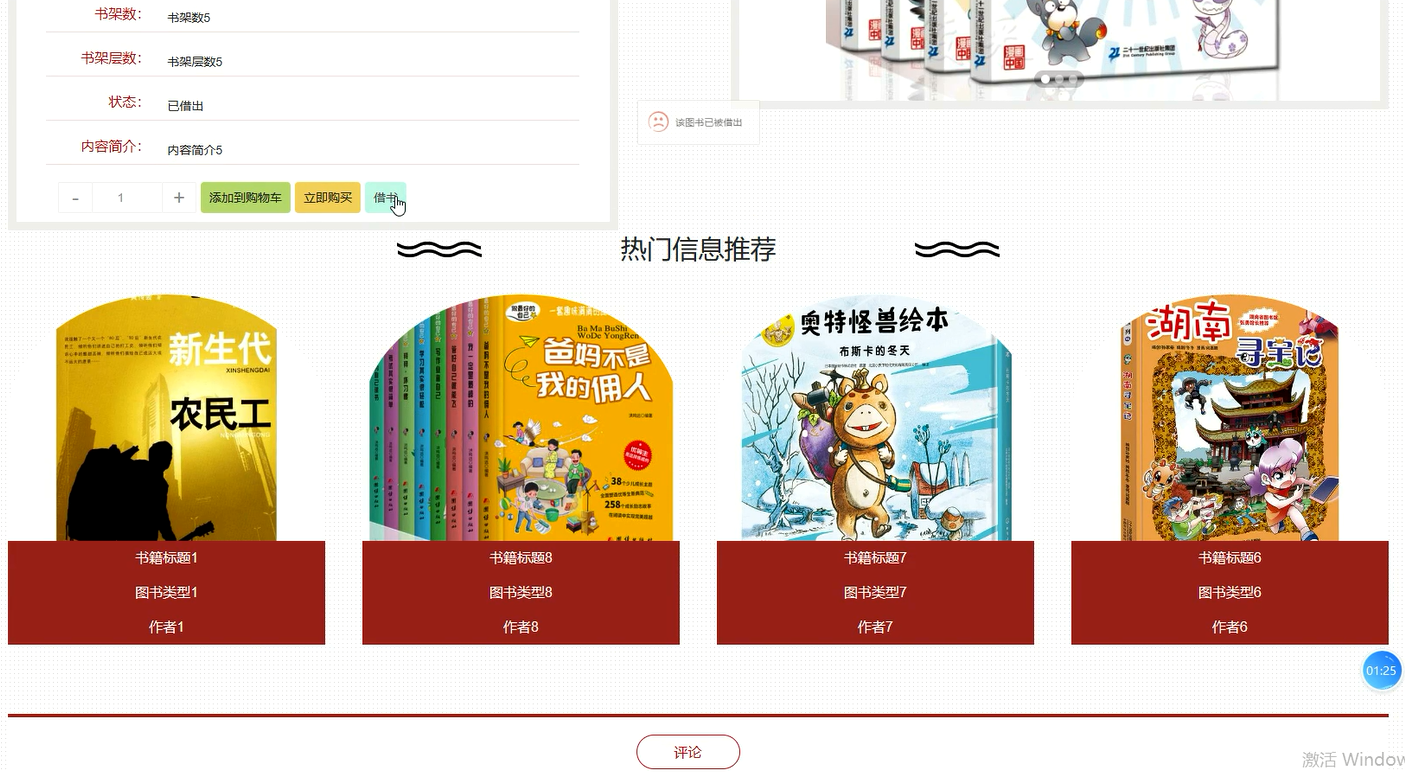Contents
Abstract in English……………………………………………………3
Abstract in Chinese……………………………………………………3
- Introduction ………………………………………………………4
- Linguistic Features of Business English…………………………4
2.1. Definition of Business English…………………………………4
2.2. Functions of Business English…………………………………4
2.3. Lexical Analysis of Business English…………………………5
2.3.1. Use of Abbreviations …………………………………………5
2.3.2. Use of Compounds…………………………………………6
2.3.3. Use of Formal Words…………………………………………6
2.3.4. Use of Technical Terms…………………………………………7
2.3.5. Use of Shoot and Simple Verbs………………………………8
2.4. Syntactic Features of Business English………………………8
2.4.1. Sentence Length…………………………………………8
2.4.2. Use of Programmed Sentence Structure……………………9
2.4.3. Use of Strong Opening Sentence……………………………10
2.5. Wording Features of Business English…………………………10
2.5.1. Use of the Present Tense…………………………………11
2.5.2. More Uses of the Active Voice……………………………11
2.5.3. More Uses of the Direct Way to Express Meaning……………11
2.5.4. Use of Courteous Tone………………………………………11
- Translation Techniques of Business English………………………………………12
3.1. Definition of Translation………………………………………12
3.2. Business Translation at Present…………………………………12
3.3. Standards for Business English Translation……………………13
3.4. Translation Techniques of Business English…………………14
3.4.1.Choosing the Exact Words……………………………………14
3.4.1.1. Identifying the Basic Meaning and Extended Meaning …14
3.4.1.2. Identifying the Normal Meaning and Technical Meaning…15
3.4.2. Omission and Supplement…………………………………15
3.4.2.1. Omission of Unnecessary Words……………………15
3.4.2.2. Omission of Cumbersome Words……………………………15
3.4.2.3. Adding Necessary Words and Expression…………………16
- Other Techniques …………………………………………………………………16
4.1. Transformation of Parts of Speech………………………………16
4.1.1. Translating Nouns into Verbs…………………………………16
4.1.2. Translating Adjectives into Adverbs…………………………17
4.1.3. Translating Adjectives into verbs……………………………17
4.2. Translation of Abbreviations……………………………………17
4.3 .Translation of Courteous Tone………………………………18
- Requirements for Translators………………………………………18
- Conclusion…………………………………………………………19
Bibliography ………………………………………………………21
Acknowledgements ……………………………………………22
Abstract
With the deepening of globalization of the world economy, international business intercourse has been in a much more frequent trend. English has been involved in various fields in commercial activities, such as the technology transfer, foreign trade, international financing, transnational tourism and international transportation, are wholly called business English. English has become an indispensable linguistic communication means in the world economic field. So it is important for us to learn business English. Business English has its distinct features. This paper discusses its features from three aspects: lexis, syntax and pragmatics. These features should be fully understood and exercised flexibly in the course of translation of business English, which is the precondition of a proper and good translation. Meanwhile, there are many translation techniques, such as omission, supplement, transformation and so on. One should manage some translation techniques as to be a good translator. In order to help readers know more about translation techniques of business English, this paper also discusses some translation techniques of business English.
Key Words: Business English; linguistic features; translation techniques
摘 要
随着经济全球化的深入,国际贸易日趋频繁。英语被广泛应用到各商业领域,如技术转让、跨国贸易、国际融资,旅游和国际运输等,所有这些统称为商务英语。英语已经成为世界上必不可少的交流工具。商务英语的语言有其鲜明的特点。本文从用词、句法和用语三方面探讨了商务英语的语言特点。充分了解和掌握这些特点,并灵活地运用到商务英语的翻译之中,是做好商务英语翻译的前提。同时,商务英语有很多翻译技巧,比如增词、减词和词类转换等。想成为一个好的译者,掌握一些翻译技巧是很有必要的。为了让读者更好的了解这些翻译技巧,本文着重探讨了一些商务英语的翻译技巧,希望对读者有所帮助。
关键词: 商务英语;语言特点;翻译技巧





